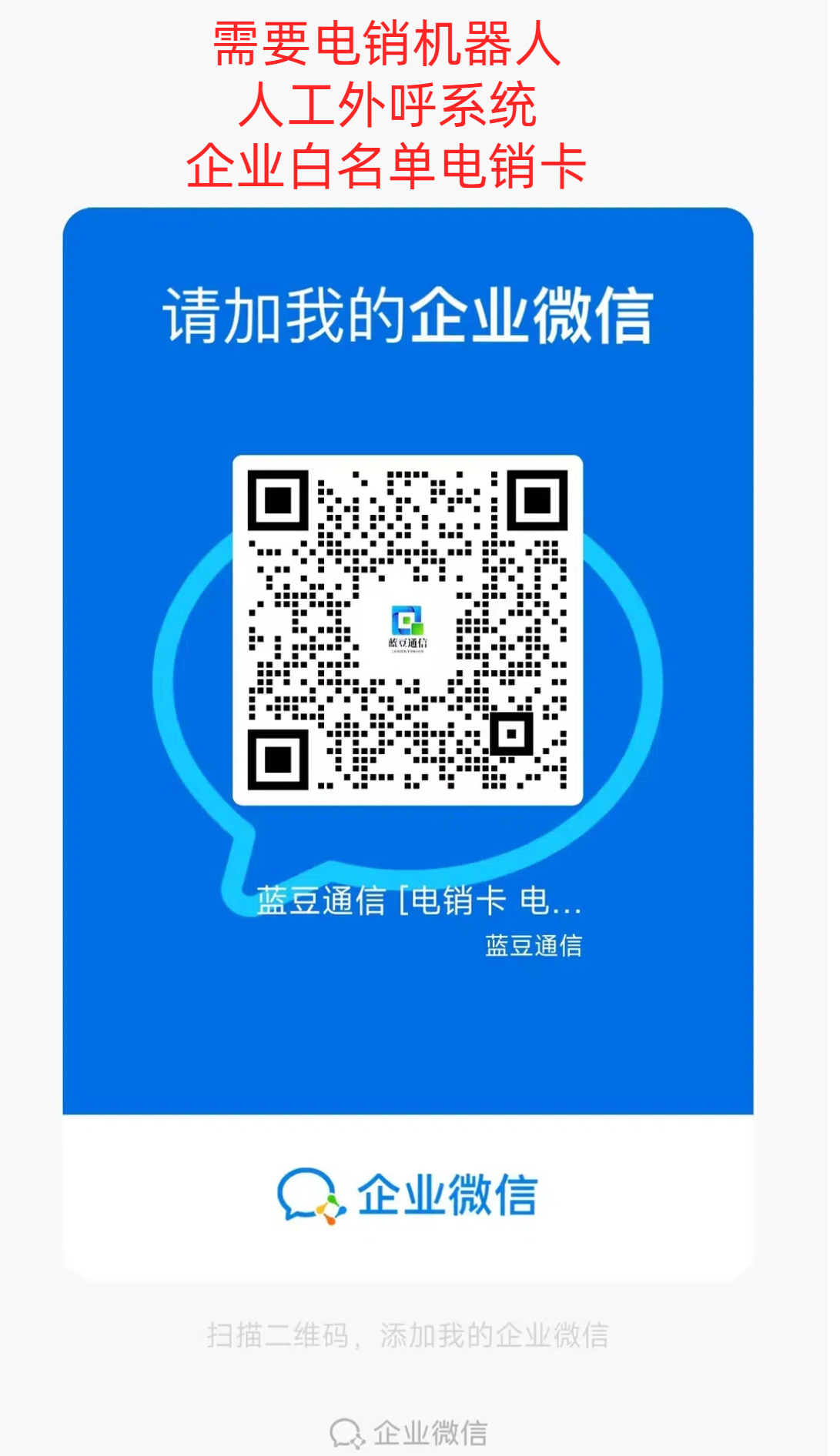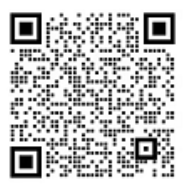發(fā)布時(shí)間:2025-08-09 人氣:17

本文目錄導(dǎo)讀:
In today's digital age, the outbound call system has become an important tool in various industries. It is widely used for customer acquisition, market research, and communication with clients. However, do you really understand the outbound call system? In this article, we will explore the key aspects of the outbound call system and shed light on some common misunderstandings.
I. Introduction to the Outbound Call System

The outbound call system is a software or hardware solution that enables businesses to make outbound calls automatically or semi-automatically. It typically integrates with a telephony infrastructure and can handle a large volume of calls efficiently. The system can be programmed to dial numbers, play pre-recorded messages, and capture responses from call recipients. This allows businesses to reach out to a wide range of potential customers and engage in meaningful conversations.
II. The Benefits of the Outbound Call System
1、Increased Efficiency
- The outbound call system can significantly reduce the time and effort required for manual calling. It can dial multiple numbers in a short period, freeing up the time of sales representatives for more value-added activities such as lead qualification and relationship building.
- Automation also helps in maintaining a consistent calling schedule, ensuring that all leads are contacted in a timely manner.
2、Improved Customer Reach
- With the ability to dial a large number of numbers quickly, the outbound call system can expand a business's customer base. It can target new prospects and reach out to individuals who may have shown an interest in a particular product or service but have not yet taken the next step.
- It can also be used to follow up with existing customers to offer additional products or services, improve customer satisfaction, and increase customer loyalty.
3、Data Collection and Analysis
- The outbound call system can collect valuable data during the calls, such as the caller's responses, preferences, and feedback. This data can be analyzed to gain insights into customer behavior and preferences, which can then be used to optimize marketing and sales strategies.
- For example, businesses can identify which messaging and offers are most effective in converting leads into customers and adjust their approach accordingly.
4、Cost Savings
- While there is an initial investment in setting up the outbound call system, it can lead to cost savings in the long run. By reducing the need for a large number of manual callers, businesses can save on labor costs.
- Additionally, the system's automation and efficiency can result in higher conversion rates, increasing the return on investment.
III. The Components of the Outbound Call System
1、Telephony Interface
- This is the interface that connects the outbound call system to the telephone network. It allows the system to place and receive calls. The telephony interface can be a physical device or a software-based solution.
2、Call Management Software
- The call management software is the core of the outbound call system. It controls the calling process, including dialing, queuing, and call routing. It can also handle call transfers, hold times, and conference calls.

- The software can be programmed to follow specific scripts or instructions, ensuring that calls are handled consistently and professionally.
3、Database and CRM Integration
- The outbound call system often integrates with a database or customer relationship management (CRM) system. This allows the system to access and use customer information, such as contact details, purchase history, and preferences.
- By integrating with the CRM system, the system can provide personalized messaging and offers during the calls, increasing the likelihood of a successful interaction.
4、Recording and Monitoring
- Many outbound call systems include the ability to record calls. This can be useful for training purposes, quality control, and compliance. Call recordings can also be analyzed to identify areas for improvement in the sales process.
- Additionally, some systems offer real-time monitoring of calls, allowing supervisors to listen in on active calls and provide immediate feedback to callers.
5、Reporting and Analytics
- The outbound call system generates reports and analytics that provide insights into the performance of the calling campaigns. Reports can include metrics such as call volume, conversion rates, average call length, and customer satisfaction.
- These reports can help businesses evaluate the effectiveness of their outbound call strategies and make data-driven decisions.
IV. Common Misunderstandings about the Outbound Call System
1、It's Only for Telemarketing
- While the outbound call system is often used in telemarketing, it has many other applications. It can be used for lead generation, customer follow-up, market research, and appointment setting. In fact, any business that needs to communicate with customers or potential customers can benefit from using an outbound call system.
2、It's a One-Size-Fits-All Solution
- Different businesses have different needs and requirements when it comes to the outbound call system. Some may need a simple system with basic calling features, while others may require a more complex system with advanced analytics and automation capabilities. It's important to assess the specific needs of the business and choose a system that can be customized to meet those needs.

3、It's Easy to Implement and Use
- Implementing and using the outbound call system can require some technical knowledge and training. There are several factors to consider, such as integrating the system with existing telephony infrastructure, configuring the call management software, and ensuring compliance with relevant regulations. However, with the right support and training, businesses can successfully implement and utilize the system.
4、It Guarantees Success
- The outbound call system can increase the chances of success in reaching out to customers and generating leads, but it does not guarantee success on its own. The success of an outbound call campaign depends on various factors, such as the quality of the messaging, the expertise of the callers, and the relevance of the offers. It's important to have a well-defined strategy and a trained team to ensure the best results.
5、It's Expensive
- The cost of the outbound call system can vary depending on the complexity and features of the system. While there is an initial investment, there are also potential cost savings in the long run. Additionally, businesses can choose from a range of pricing models, such as pay-as-you-go or subscription-based, to fit their budget.
V. Conclusion
The outbound call system is a powerful tool that can provide numerous benefits to businesses. It can increase efficiency, improve customer reach, collect valuable data, and save costs. However, it's important to have a clear understanding of how the system works and its capabilities. By dispelling common misunderstandings and choosing the right system for your business, you can leverage the outbound call system to drive growth and success. Whether you're a small business looking to expand your customer base or a large enterprise with complex communication needs, the outbound call system can be a valuable asset in your marketing and sales arsenal. So, do you really understand the outbound call system? It's time to take a closer look and see how it can benefit your business.
深入解析外呼系統(tǒng):你真的了解它嗎?
在當(dāng)今的商業(yè)環(huán)境中,外呼系統(tǒng)已經(jīng)成為了許多企業(yè)和組織的重要工具,盡管許多人可能已經(jīng)聽說過這個(gè)概念,但他們真的了解外呼系統(tǒng)嗎?本文將深入解析外呼系統(tǒng)的定義、功能、應(yīng)用場景以及其重要性,幫助你全面理解這個(gè)強(qiáng)大的商業(yè)工具。
外呼系統(tǒng),顧名思義,是一種通過自動(dòng)或人工方式對外進(jìn)行呼叫的系統(tǒng),它主要用于客戶服務(wù)、銷售、市場調(diào)研等領(lǐng)域,能夠幫助企業(yè)提高工作效率、降低運(yùn)營成本,并提升客戶滿意度。
1、自動(dòng)撥號:外呼系統(tǒng)可以自動(dòng)進(jìn)行電話撥號,大大提高了工作效率。
2、語音交互:系統(tǒng)支持語音交互功能,可以與接聽者進(jìn)行簡單的對話。
3、數(shù)據(jù)分析:外呼系統(tǒng)可以記錄和分析通話數(shù)據(jù),幫助企業(yè)了解客戶需求和銷售情況。

4、任務(wù)管理:系統(tǒng)可以管理外呼任務(wù),包括任務(wù)分配、進(jìn)度跟蹤等。
5、智能路由:根據(jù)接聽者的響應(yīng)和需求,智能地將電話轉(zhuǎn)接到合適的坐席或部門。
1、客戶服務(wù):外呼系統(tǒng)可以用于客戶服務(wù),幫助企業(yè)快速響應(yīng)客戶的問題和需求。
2、銷售:外呼系統(tǒng)可以幫助銷售人員快速聯(lián)系潛在客戶,提高銷售效率。
3、市場調(diào)研:通過外呼系統(tǒng),企業(yè)可以進(jìn)行市場調(diào)研,了解客戶需求和市場動(dòng)態(tài)。
4、催收:外呼系統(tǒng)也可以用于催收領(lǐng)域,幫助企業(yè)快速回收欠款。
1、提高工作效率:外呼系統(tǒng)可以自動(dòng)進(jìn)行電話撥號和語音交互,大大提高了工作效率,通過任務(wù)管理和數(shù)據(jù)分析等功能,企業(yè)可以更好地管理外呼任務(wù)和了解客戶需求,進(jìn)一步提高工作效率。
2、降低運(yùn)營成本:相比傳統(tǒng)的人工撥號方式,外呼系統(tǒng)可以大大降低企業(yè)的運(yùn)營成本,它可以減少人工撥號的錯(cuò)誤率,提高工作效率;通過數(shù)據(jù)分析等功能,企業(yè)可以更好地了解客戶需求和銷售情況,從而制定更有效的銷售策略,降低營銷成本。
3、提升客戶滿意度:外呼系統(tǒng)可以快速響應(yīng)客戶的問題和需求,提高客戶滿意度,通過智能路由等功能,企業(yè)可以將電話轉(zhuǎn)接到合適的坐席或部門,確保客戶得到及時(shí)、專業(yè)的服務(wù)。
1、根據(jù)需求選擇:不同的企業(yè)和組織有不同的需求,選擇外呼系統(tǒng)時(shí)需要根據(jù)自己的需求進(jìn)行選擇,如果需要進(jìn)行大量的電話撥打和數(shù)據(jù)分析工作,需要選擇具有強(qiáng)大自動(dòng)撥號和數(shù)據(jù)分析功能的外呼系統(tǒng)。
2、考慮成本因素:在選擇外呼系統(tǒng)時(shí)需要考慮成本因素,不同的外呼系統(tǒng)價(jià)格不同,需要根據(jù)企業(yè)的預(yù)算進(jìn)行選擇,還需要考慮系統(tǒng)的維護(hù)成本和使用成本等因素。
3、考慮系統(tǒng)的穩(wěn)定性和易用性:選擇外呼系統(tǒng)時(shí)需要考慮系統(tǒng)的穩(wěn)定性和易用性,一個(gè)穩(wěn)定且易于使用的外呼系統(tǒng)可以幫助企業(yè)更好地完成工作并提高工作效率。
了解并正確使用外呼系統(tǒng)對于企業(yè)和組織來說具有重要意義,希望本文能夠幫助你更全面地了解外呼系統(tǒng)并選擇合適的外呼系統(tǒng)來提升工作效率和客戶滿意度。
本文鏈接:https://landoucloud.com/hangyeyedongtai/235656.html

你真的了解外呼系統(tǒng)嗎?你真的了解外呼系統(tǒng)嗎英文翻譯
了解語音外呼系統(tǒng),提升業(yè)務(wù)效率的必備工具語音外呼系統(tǒng)聯(lián)系電話怎么設(shè)置
電話外呼系統(tǒng)收費(fèi)指南,了解費(fèi)用結(jié)構(gòu),選擇合適方案電話外呼系統(tǒng)怎么收費(fèi)的啊
人工外呼系統(tǒng)租賃費(fèi)用,了解成本與效益人工外呼系統(tǒng)租賃費(fèi)用怎么算
深入了解優(yōu)邁系統(tǒng)外呼設(shè)置優(yōu)邁系統(tǒng)外呼設(shè)置怎么設(shè)置
如何組建自己的外呼系統(tǒng),英語指南組建自己的外呼系統(tǒng)英語怎么說
熱線電話
18594279421
上班時(shí)間
周一到周五
公司電話
18594279421
